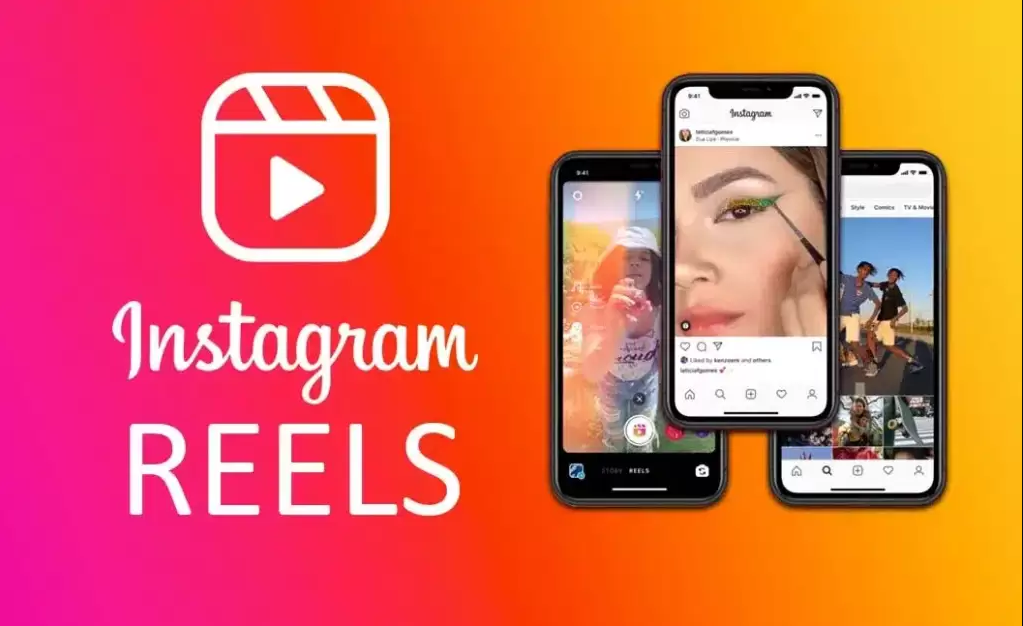Instagram has introduced a new feature allowing creators to link multiple Reels into a seamless series, marking a major shift in how short-form content can be consumed on the platform. The update, already rolling out globally, enables viewers to follow episodic narratives through a dedicated “Next Reel” button.
For years, Instagram’s Reels have been primarily standalone clips, often competing with TikTok’s dominance in short-form video. With this update, Meta is pushing Reels beyond single snippets, positioning them as tools for serialized storytelling. Creators can now upload connected content in sequence, building narratives that flow from one Reel to the next.
The move reflects Meta’s recognition of growing demand from creators for more structured formats. Whether it’s cooking tutorials, travel diaries, comedy skits, or educational explainers, Instagram aims to make Reels a more versatile canvas.
How the Feature Works
According to Instagram, the new option allows creators to add a Reel to a series during upload or later via the overflow menu. Once linked, viewers can navigate through the series with a “Next Reel” button placed at the bottom-left of the screen.
The feature is designed to solve a long-standing frustration: audiences losing track of multi-part stories scattered across a creator’s profile. Now, a single click ensures continuity, improving both discoverability and watch time.
By enabling episodic content, Instagram is making a clear play to rival TikTok, which has long leaned on sequential storytelling. For Meta, this is more than just a cosmetic update; it’s a strategic response to shifting viewing habits where audiences want more than quick, disconnected bites of content.
For creators, the benefits extend beyond storytelling. The series format could strengthen audience loyalty, reduce drop-offs, and allow brands to design more immersive campaigns. In the crowded digital content space, where retention is as important as reach, this feature could tip the balance.
Why it Matters
The applications go beyond entertainment. Educational content creators can now deliver lessons in digestible but connected chunks. Influencers can build thematic series, while businesses may use the format to roll out multi-stage product stories or campaigns.
More importantly, it underscores Instagram’s strategy of keeping users engaged for longer periods—a critical metric in the competitive digital economy.
Instagram’s move to link Reels into series reflects the broader evolution of short-form video: from quick dopamine hits to structured narratives with continuity and depth. While it remains to be seen how widely creators adopt the feature, the update signals Meta’s intent to shape not just what people watch, but how they experience storytelling online.
The next question is whether serialized Reels will become a new standard for content creators or if the audience will stick to the fast, fragmented style that made short-form video famous in the first place.
Talking Points
For African creators, this is both an opportunity and a wake-up call. Linking Reels in a series means more storytelling power—ideal for music, comedy skits, or even grassroots education.
But here’s the problem: while Instagram rolls out features globally, many African creators still lack monetization access or struggle with algorithmic visibility. We must ask—are Africans just the testing ground for “cool” features without being given equal financial reward?
At first glance, this looks like empowerment for creators. But who really benefits? Instagram gains more ad impressions, brands get longer engagement, and creators remain at the mercy of an algorithm that can bury their work overnight.
Until Meta addresses transparency in payouts and visibility, such features risk being shiny distractions rather than real empowerment.
We’re entering dangerous territory where creators are building entire careers on ecosystems they don’t control. What happens if Instagram tweaks its rules tomorrow or kills the feature (like Google kills products)?
Africa’s digital economy cannot afford another generation of creators whose income is determined by corporate whims in Silicon Valley. Should we start building stronger African-owned platforms before it’s too late?





